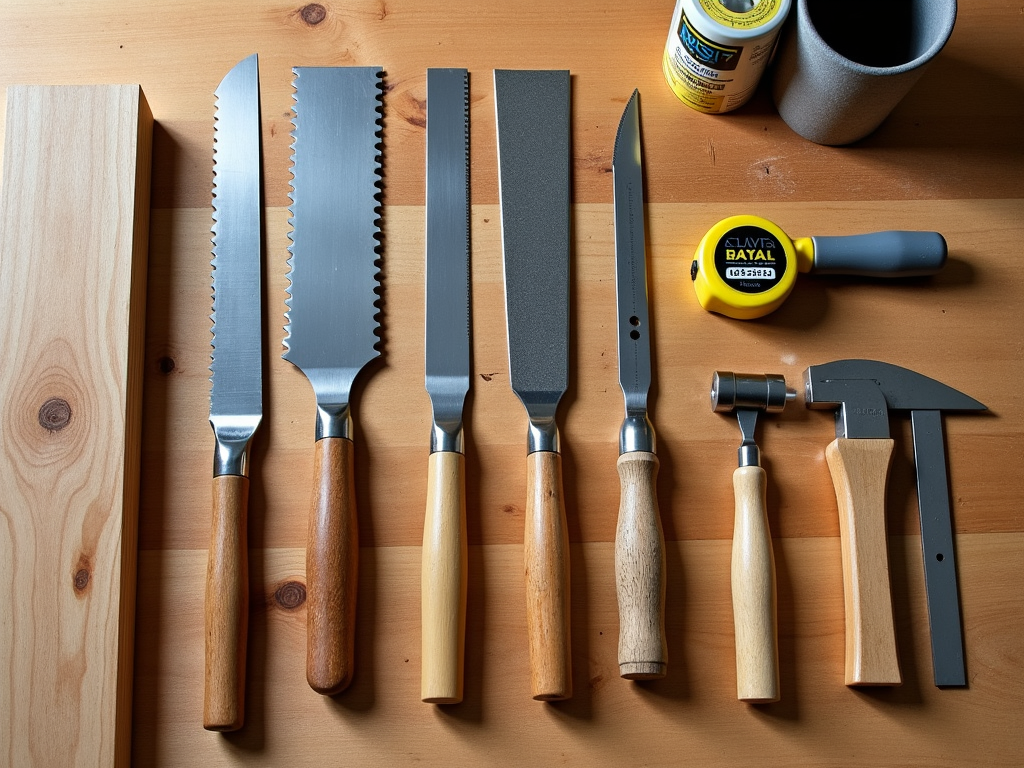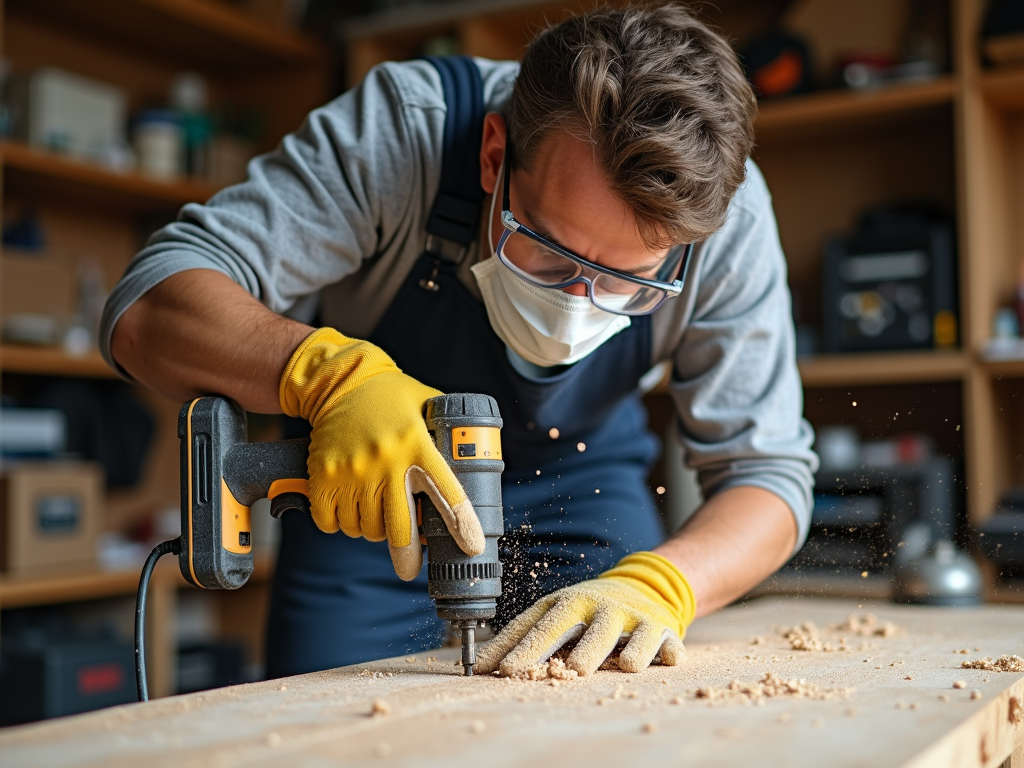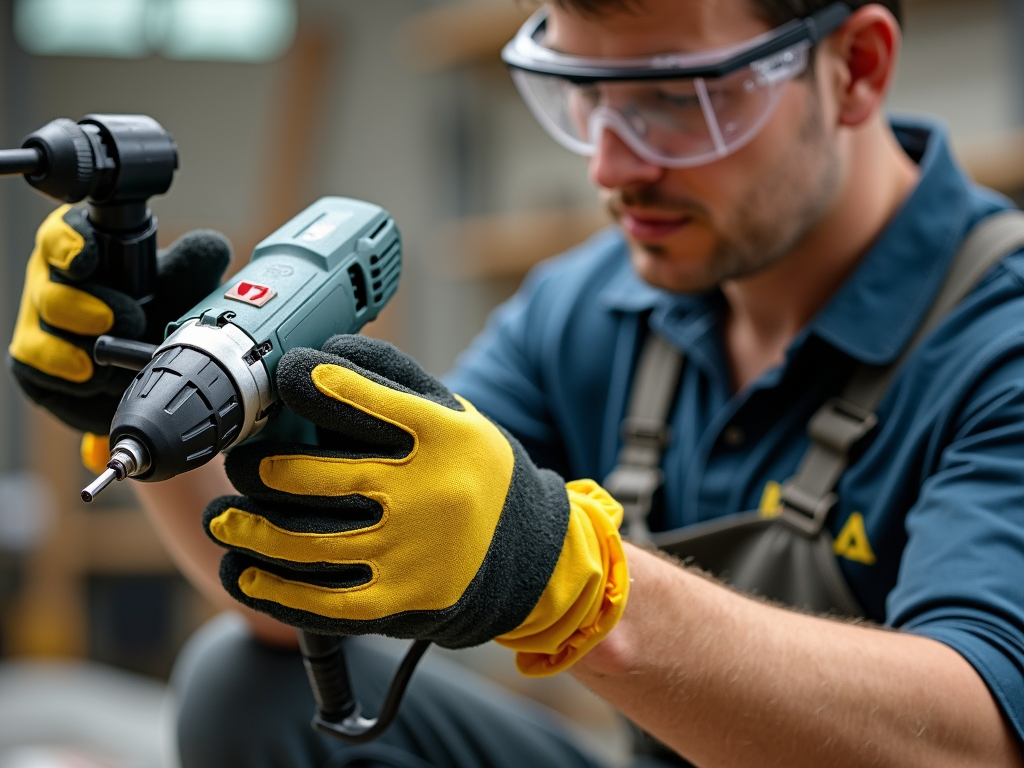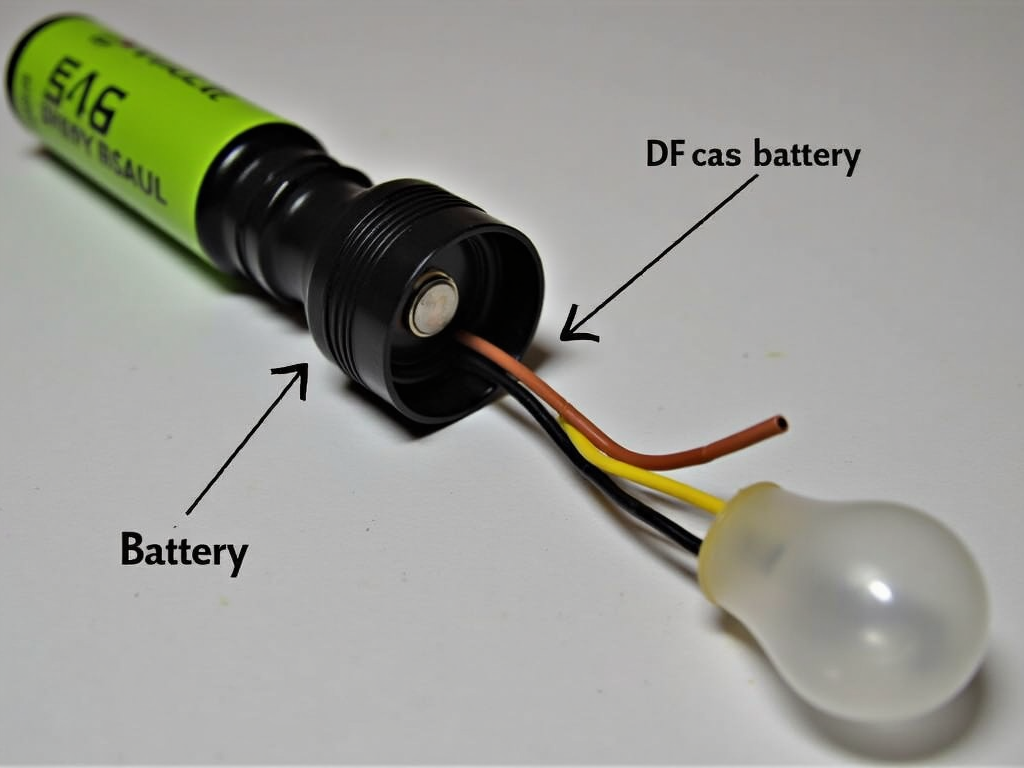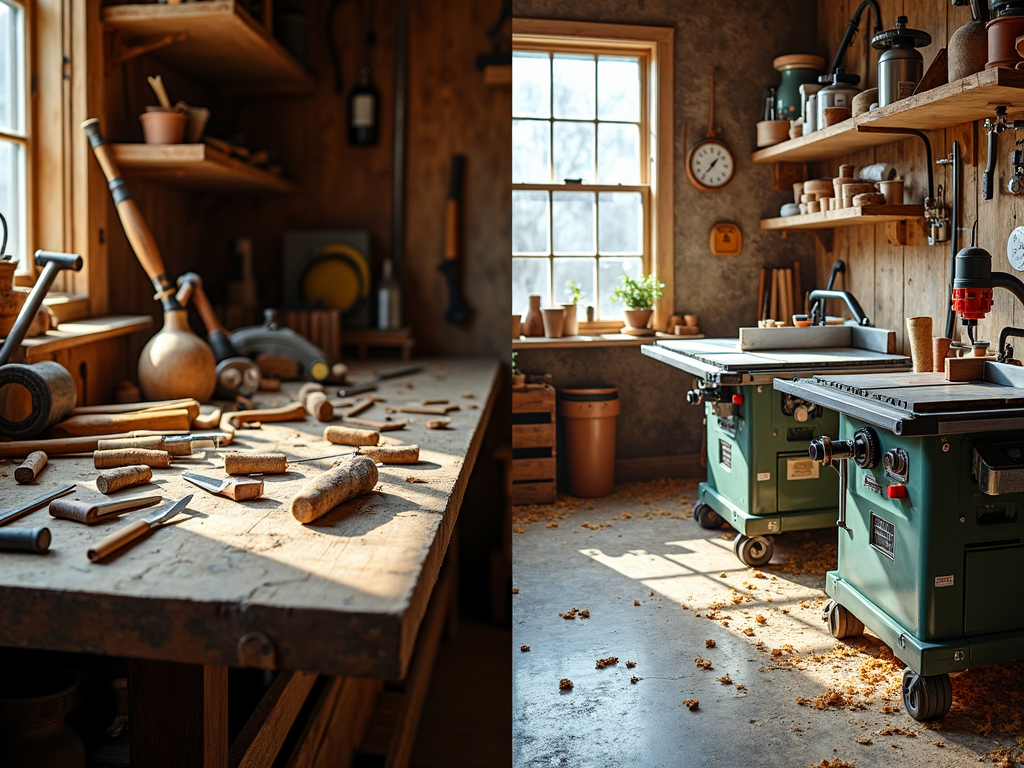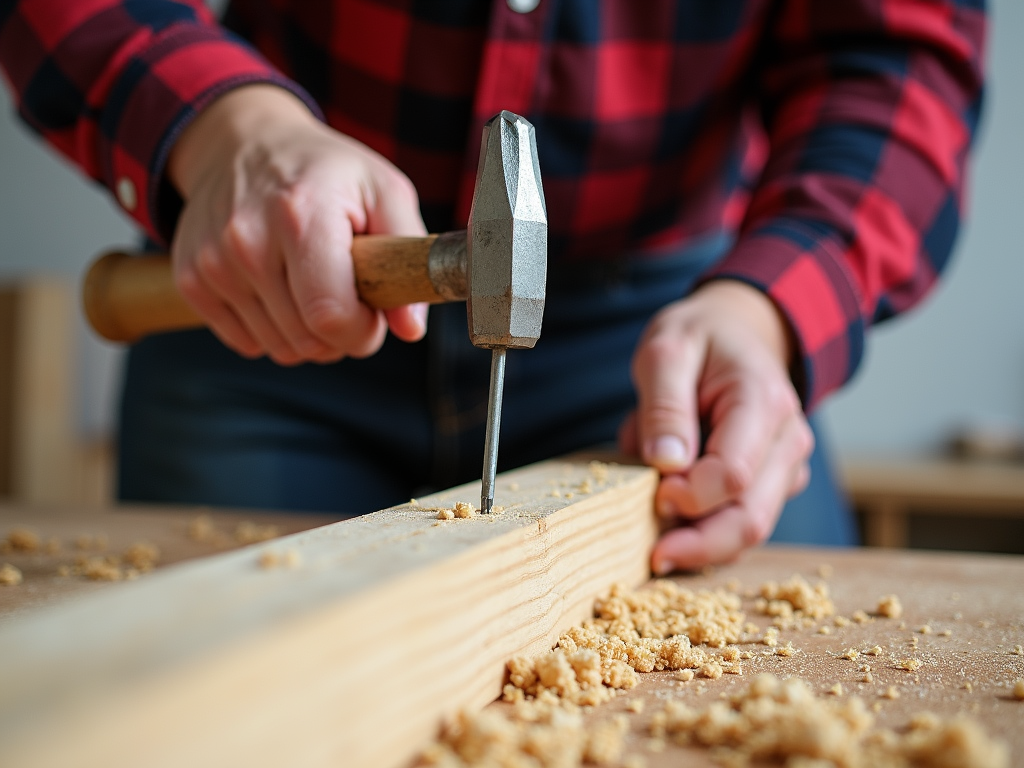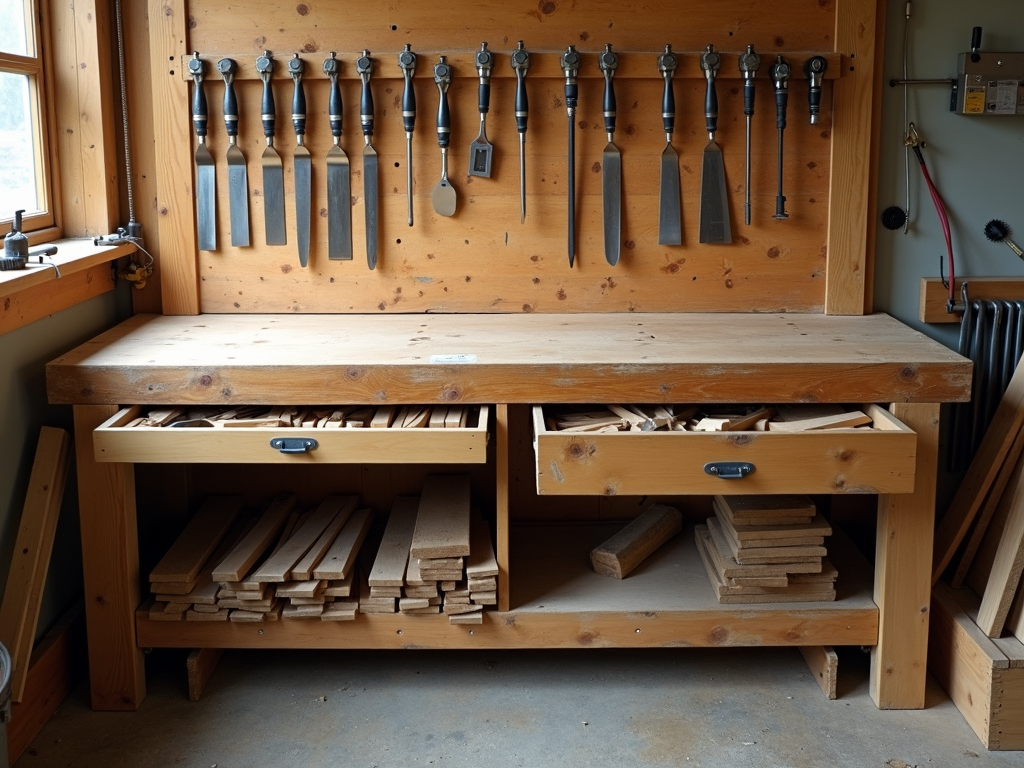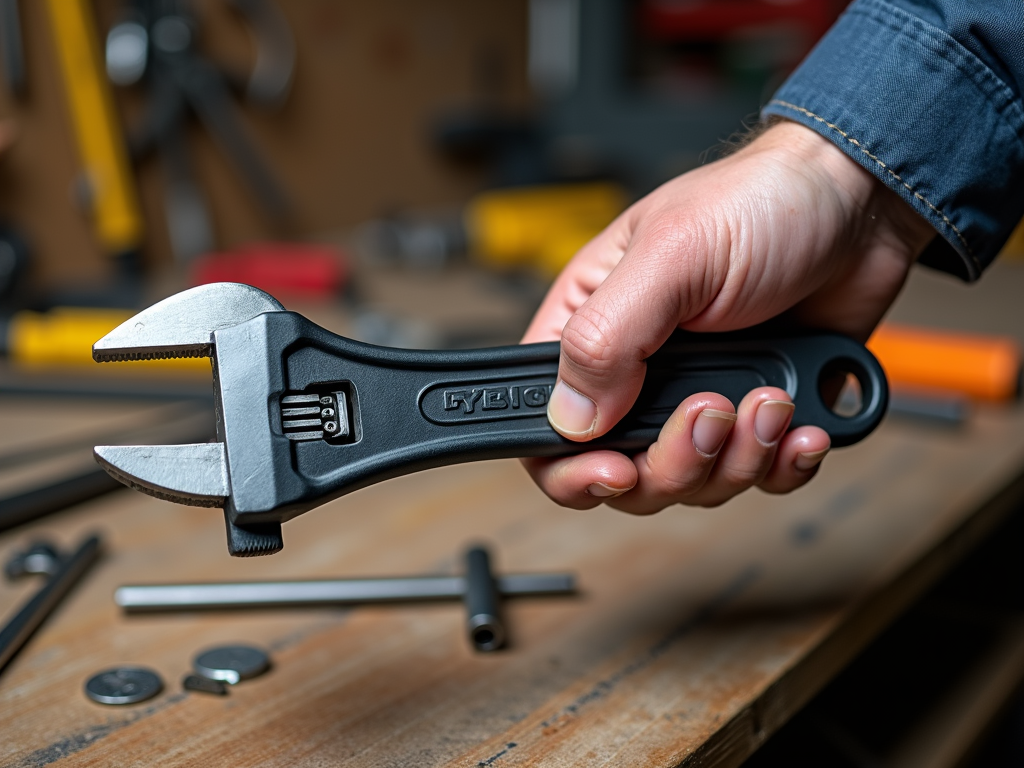Woodworking is more than a trade—it’s a craft that blends skill, creativity, and precision. For professional woodworkers, mastering advanced techniques is the key to creating standout pieces. This article covers essential skills, safety practices, workbench setups, and top tools to help you excel. Let’s dive in with practical tips and real-world insights.
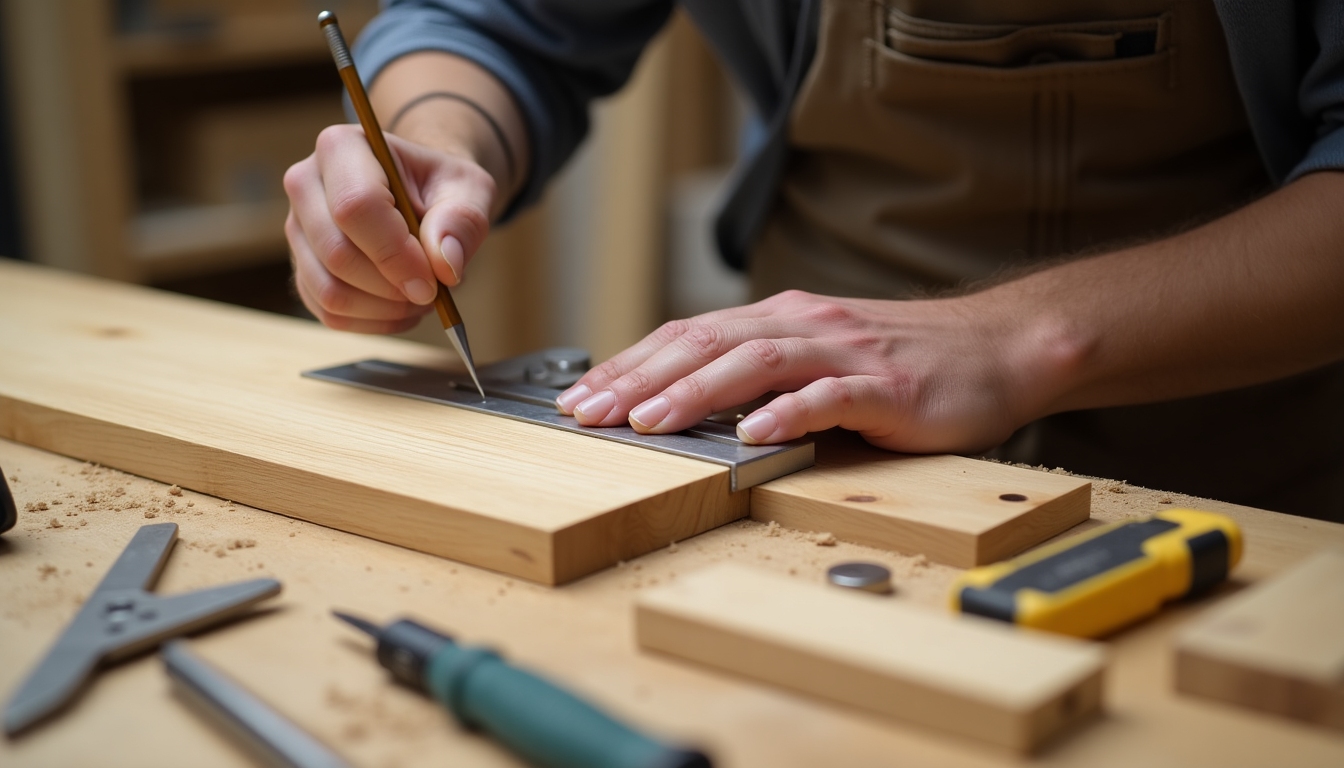
Advanced Techniques for Professional Woodworkers
Great woodworking starts with mastering advanced techniques. These skills take time to learn but pay off in stronger, more beautiful projects. Here are three techniques every pro should know:
- Dovetail Joints: These interlocking joints look amazing and hold tight without glue. Mark your wood carefully, cut with a steady hand, and chisel out the waste. Practice makes them easier.
- Mortise and Tenon Joints: Perfect for furniture, this joint uses a slot (mortise) and a tab (tenon) for strength. Keep your cuts square for a snug fit.
- Advanced Finishing: A good finish protects your work and shows off the wood’s grain. Try hand-rubbing oil or brushing on a clear coat for a pro look.
I struggled with dovetails early on. My first few were sloppy, but after a dozen tries, I got the hang of it. Patience turns mistakes into mastery.

These techniques aren’t just for show—they make your work last. Dovetails shine in drawers, while mortise and tenon joints hold chairs together for years. Finishing ties it all together. Start with small projects to build confidence before tackling big ones.
Tool Safety: Your First Priority
Advanced workman tools for professionals can do wonders, but they’re risky if you’re careless. Safety keeps you in the game. Here’s how to stay safe:
- Handle Tools Right: Use each tool the way it’s meant to be used. Read the manual if you’re unsure.
- Wear Gear: Goggles, earplugs, and a dust mask aren’t optional. They protect your eyes, ears, and lungs.
- Stay Organized: A messy shop is an accident waiting to happen. Keep tools in their place.
I learned this the hard way. Years ago, I skipped securing a board on my table saw. It kicked back fast—missed me by inches. Now, I double-check everything. Safety isn’t negotiable.
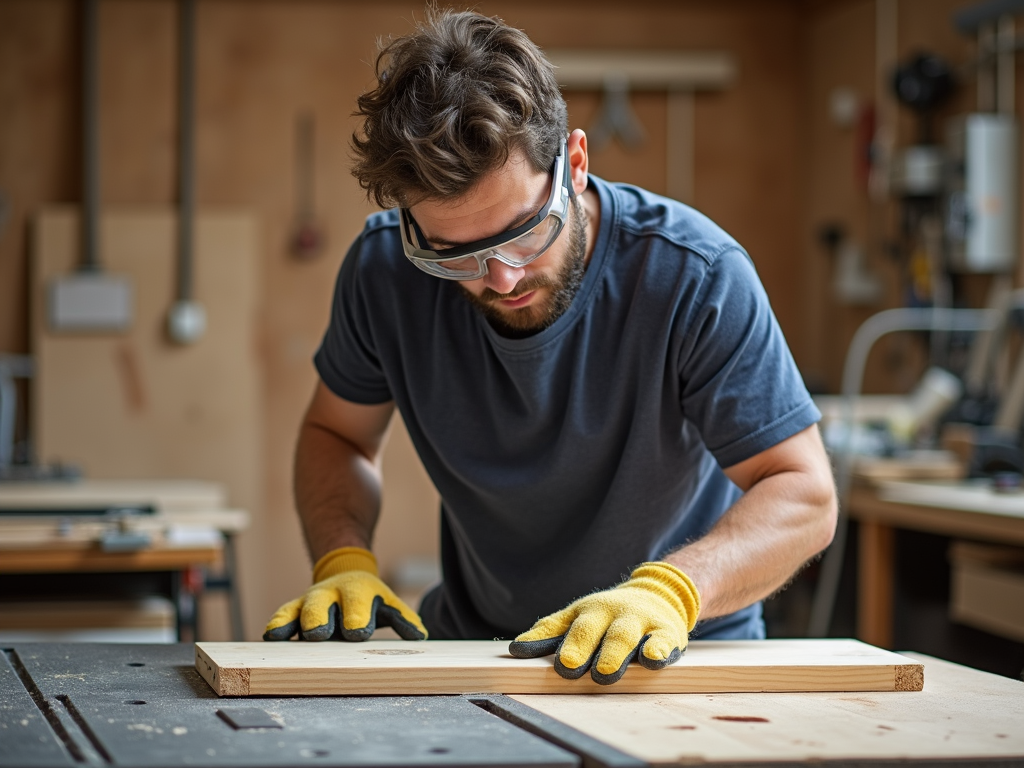
For more on this, check out resources like the Occupational Safety and Health Administration (OSHA) for pro-level safety tips. One slip can end a career—don’t rush.
Workbenches: Your Foundation
A solid workbench is your best friend. It holds your work steady and keeps you efficient. Here’s what to know about workbenches:
| Type | Pros | Cons |
|---|---|---|
| Wooden | Warm, classic feel | Can wear over time |
| Metal | Tough, long-lasting | Cold, less charm |
| Portable | Easy to move | Less stable |
Look for a bench with a vise and some storage. I use a wooden one with a front vise—it grips tight and has drawers for tools. Match your bench to your projects and space.
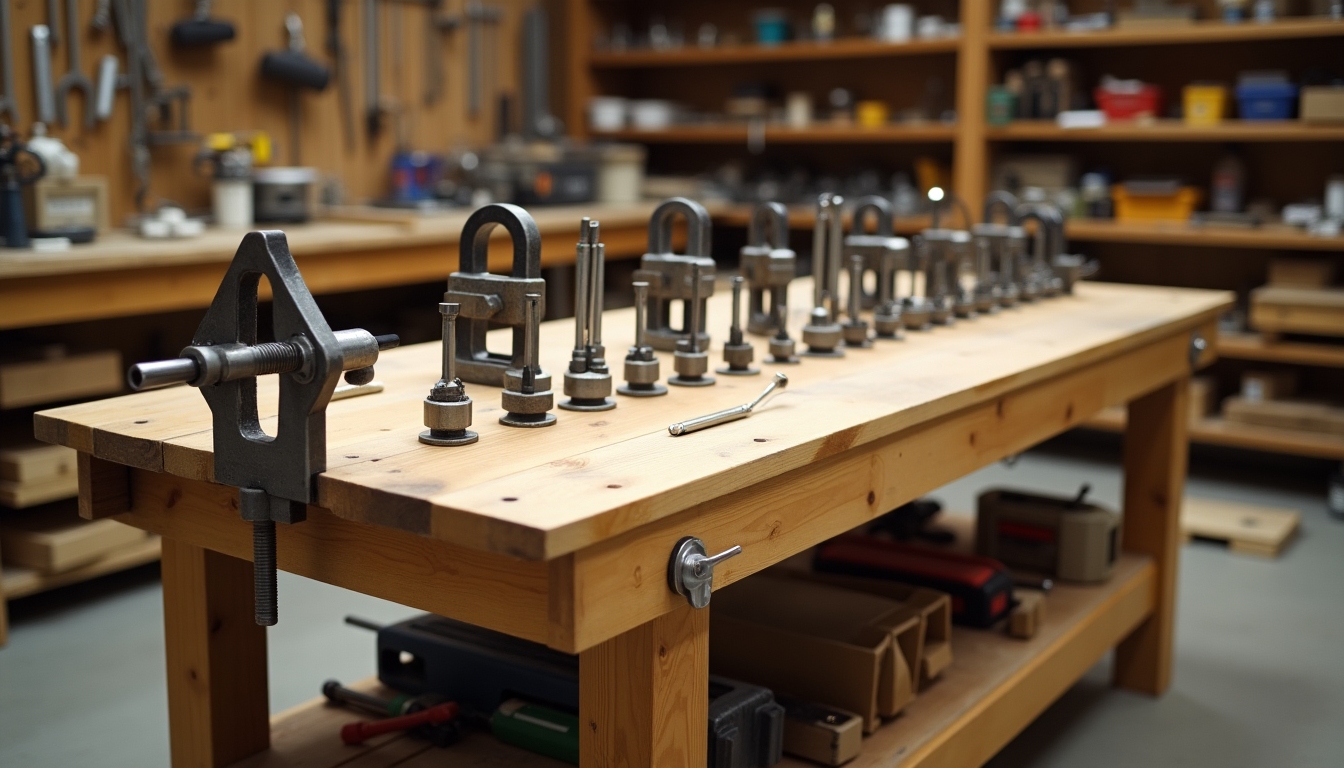
Setting up your bench matters too. Keep it level and near good light. Add a pegboard for quick tool access. A smart setup saves time and cuts frustration.
Workman Tools: Invest in Quality
Advanced workman tools for professionals make all the difference. Cheap tools wear out fast and ruin your work. Here’s what you need:
- Chisels: Sharp ones carve clean lines. Get a set with different sizes.
- Planes: A good hand plane smooths wood like nothing else. Keep the blade sharp.
- Saws: Mix it up with a table saw for big cuts and a hand saw for details.
I used bargain chisels once. They dulled in a week, and my joints suffered. Now, I buy quality brands like Lie-Nielsen or Veritas. They last longer and cut better.
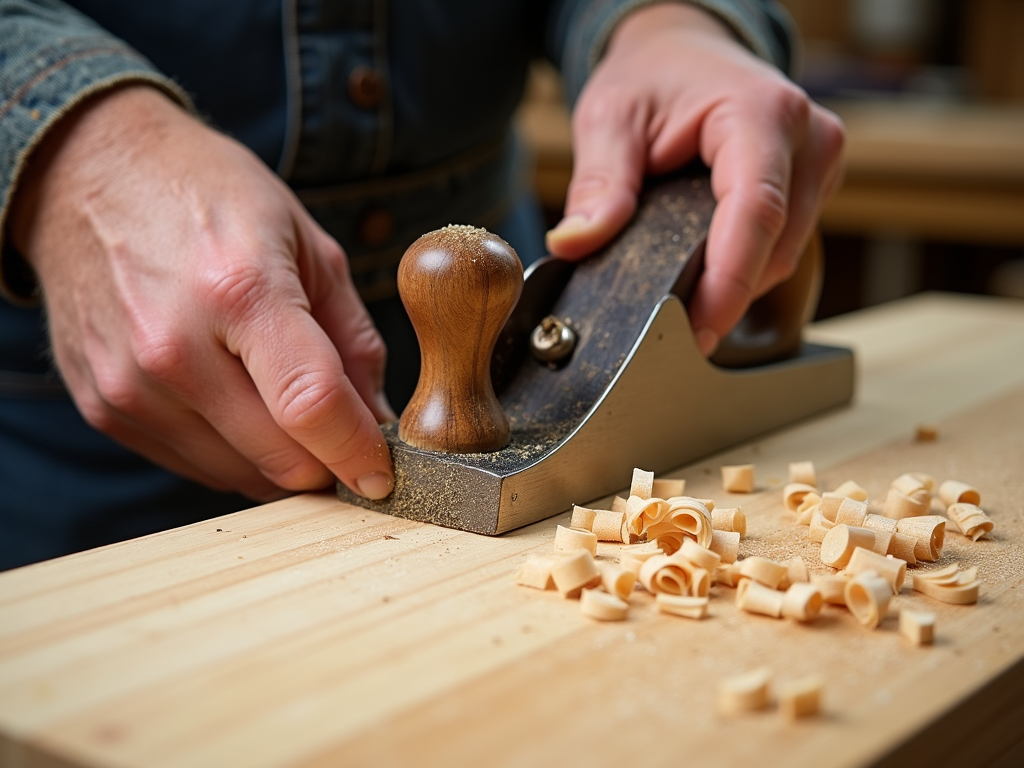
Don’t skimp on maintenance either. Sharpen blades regularly and store tools dry. Good tools reward you with better results every time.
Mixing Skills and Tools
Combine these techniques and tools for top-tier work. A dovetail joint cut with a sharp chisel looks clean and holds strong. A well-set workbench keeps your saw steady for perfect tenons. Safety gear lets you focus without worry. It’s all connected.
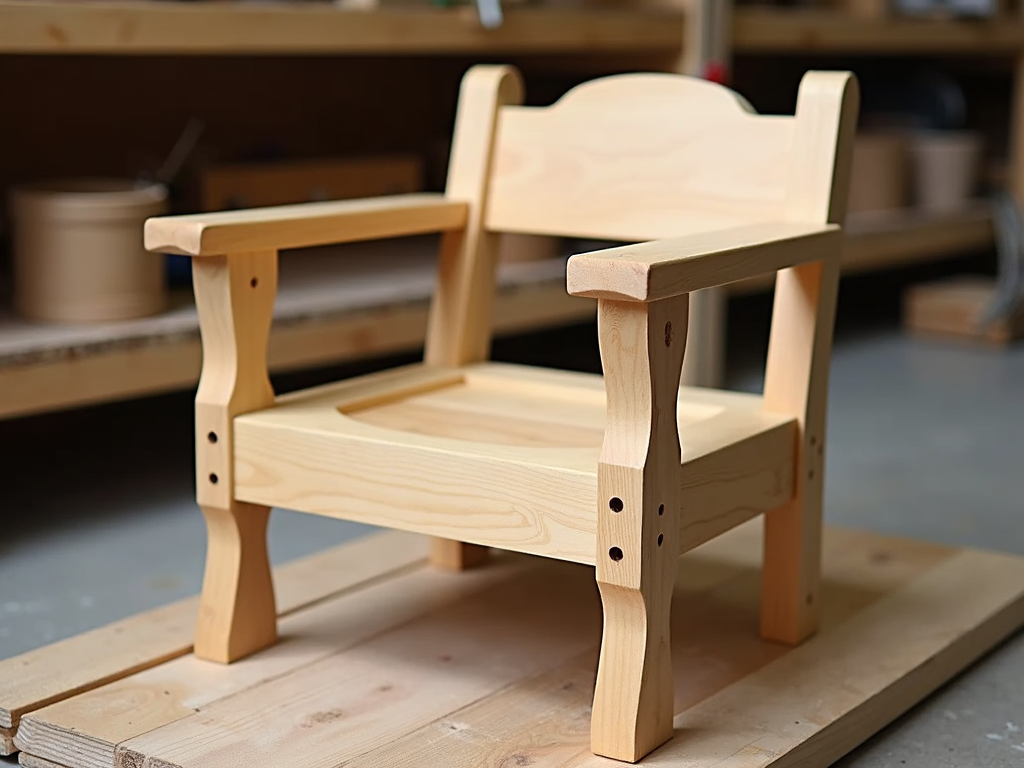
Here’s a tip: plan your project start to finish. Sketch it out, pick your tools, and double-check your setup. I once skipped planning and wasted a good oak plank. Now, I measure twice and cut once—every time.
Keep Learning
Woodworking never stops teaching you. Try new techniques, test different workbenches, upgrade your workman tools. Read up, watch pros, and practice. Every project builds your skill.

In summary, advanced techniques for professional woodworkers—like dovetails and tenons—boost your craft. Safety keeps you working. A solid workbench and quality tools make it possible. Keep safety first, practice hard, and never stop learning. Your next project could be your best yet.
Related Advanced Techniques for Professional Woodworkers:
- Woodworking Basics: Getting Started with Quality Tools
- Must-Have Safety Gear for DIY Projects: Stay Protected While You Create
- Healthy Habits for Hard-Working Tradespeople: Staying Safe and Comfortable on the Job
- Power Tools Maintenance Tips: Keep Your Gear in Top Shape
- Understanding Electrical Circuits: A Beginner's Guide
- The Importance of Tool Safety
- The Rise of Smart Tools in Woodworking: A New Era of Safety and Innovation
- The Ultimate Guide to Power Tools for Precision Drilling
- Best Power Drills for Home Use
- Essential Tools for Beginners: A Comprehensive Guide
- Maximizing Small Workshop Spaces: A Workman's Guide to Efficiency
- Ergonomic Wrenches for Reducing Hand Strain: A Comprehensive Guide
